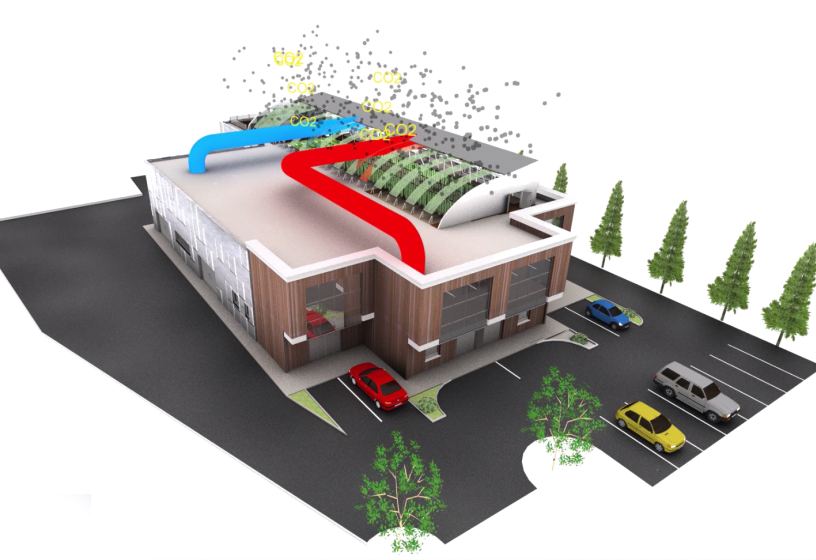Urban Agriculture in Brownfields
A sprouting concept

Too often relegated to the fringes of urban dynamism, associated with the collective memory of declining post-industrial districts and a latent threat for the environment and adjacent populations, industrial brownfields are being increasingly reinvested and represent an important vector for more dynamic and sustainable urban development.
Whilst natural spaces and arable land are significantly lacking in and around consumption centres, land recycling practices promise a new upswing for the former beating hearts of the cities; industrial grounds left vacant at the end of the past century are given a second life.
The conversion of these derelict spaces is seeing a renewed interest in the past few years. Despite high depollution and securitization costs, a growing number of citizens, municipalities and corporation are committing to transform them into living spaces and economically booming neighbourhoods. The re-appropriation of urban brownfields offers numerous opportunities for public authorities and municipalities who are convinced that the long term social and environmental benefits far outweigh the immediate economic costs.
Beyond new residential and office building, green spaces are on the rise, including farming facilities. Emerging to cater for subsistence needs, such as in the American Rust Belt, the development of urban agriculture on those abandoned grounds is now a full-fledged part of municipal strategies aiming to improve urban networks, rejuvenate local socio-economic dynamism, provide local and healthy products and the promote diverse green spaces for recreation and pedagogic uses. Nestled in the heart of the cities, or spread out in peri-urban neighbourhoods, these facilities use both traditional agricultural methods such as permaculture and market gardening, as well as high end technologies for vertical, aqua- and hydroponic cultivation.
The risks of farming on former industrial land cannot be ignored: compared to other proposed uses, agriculture is the most vulnerable to ground pollution levels (hydrocarbons, heavy metals, solvents, etc.) and thus any such project requires important preliminary analyses. Whilst certain soils can be rehabilitated, others will remain unfit for the cultivation of food: the respect of precautionary principles prevails. This is one of the reasons for the numerous examples of aboveground farming projects that use vacant spaces and buildings while limiting the risk of contamination. This approach also allows to maintain an important built heritage anchored in the local identity.
The industrial brownfields highlight an opportunity-rich past for each region; the transformation of these spaces into laboratories for high value-added urban agriculture, including the aboveground cultivation of coveted pharmaceutical plants, has the potential to reinvigorate the technological leadership of certain regions. This is the case in the Liège industrial area which witnessed centuries of innovation in steel production: henceforth, the VERDIR project led by the Université de Liège aims to turn it into a forerunning centre for auto-systemic agriculture in confined environments.
10,000 hectares of land remained vacant in the liégeois basin: the university and its partners hope to exploit them to generate a local production of high added-value plants to reinforce the region’s economic dynamism and reputation. Experimenting with grey heat recuperation, vertical hydroponic agriculture or even confined tropical cultivations, the project stands out as a provider of jobs, socio-ecological services and important technological opportunities.
In Detroit, more than 1,500 community gardens and farms strengthen the urban fabric and could ensure the production of 76% of the vegetables and 42% of the fruit consumed by its residents each year.




